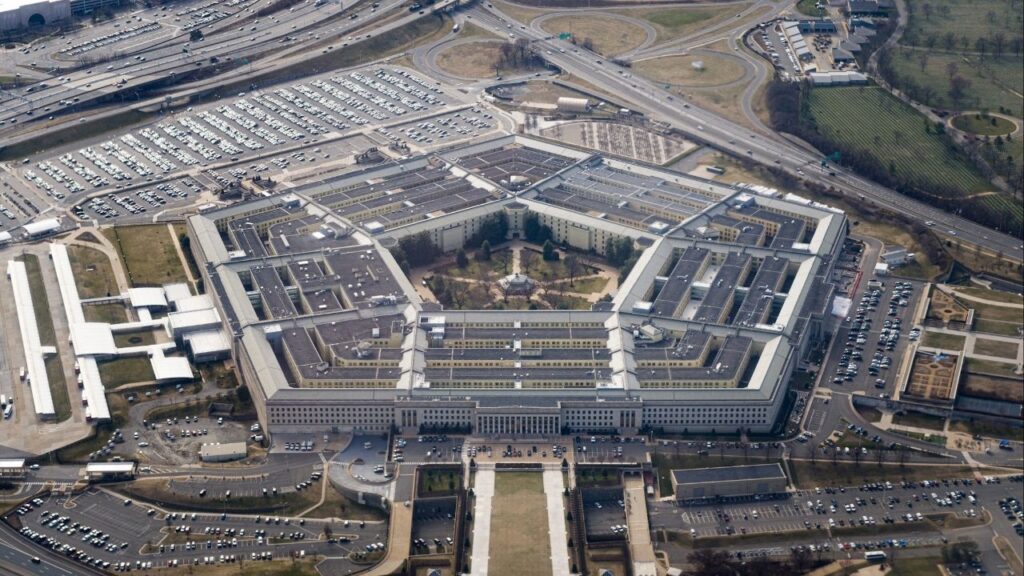Share
WASHINGTON — The U.S. economy grew at a modest 2% annual rate in the second quarter, a pace sharply lower than the 3%-plus growth rates seen over the past year. Many analysts believe growth will slow further in coming quarters as global weakness and rising trade tensions exert a toll.
The government’s third and final look at second-quarter GDP growth was the same as the previous estimate, although the components were slightly altered. Consumer spending and business investment rose at slower rates than previously estimated, but this was offset by slightly stronger gains in government spending and exports.
In the current quarter, analysts believe GDP is likely growing at the same modest 2% rate, and they are forecasting a similar outcome in the final quarter.
For the year, GDP is expected to rise around 2.2%, down from the strong 2.9% gain seen last year, which had been the best performance since 2015.
President Donald Trump, who is counting on a strong economy to boost his re-election bid, has called the economy’s performance the best ever. But after a spurt in growth last year due to the president’s $1.5 trillion tax cut program, growth has slowed noticeably to slightly below the 2.2% annual growth rates turned in during the current economic expansion.
While the economic recovery from the Great Recession is now in its 11th year, the longest in U.S. history, it has been the slowest in terms of annual growth rates, a fact economists attribute to slower growth in the labor market, due to the retirement of baby boomers, and a slowdown in productivity.
Fading Impact of the Trump Tax Cuts
Trump, however, repeatedly attacked Obama administration economic policies for the lackluster GDP rates and pledged to achieve annual growth above 3% with his economic program of big tax cuts, deregulation and tougher enforcement of trade laws.
This year’s expected slowdown has been attributed to a fading of the impact of the Trump tax cuts as well as adverse effects of Trump’s trade war with China.
Mark Zandi, chief economist at Moody’s Analytics, said that if Trump carries through with an escalation of the tariffs nest month and in December, it could be enough to push the country into a recession next year.
“It all hinges on the president and what he decides to do with trade,” Zandi said. “If he follows through on this tariff threats later this year, then in all likelihood growth will slow and we would end up in a recession next year.”
Growth Forecast Is 1.6% Next Year
Zandi is forecasting that GDP growth this year will slow to 2.3% and then slow further to 1.6% next year, but that is based on no escalation in the trade war with China.
The GDP report showed that consumer spending, which accounts for 70% of economic activity, came in at a sizzling rate of 4.6%, the best quarterly performance since late 2014, but down slightly from last month’s estimate of a 4.7% rate of gain for consumer spending.
Spending by the federal government and state and local governments increased at a 4.8% rate in the spring, up from last month’s estimate of a 4.5% gain.
In a separate report, the Labor Department said Thursday that the number of Americans filing initial claims for unemployment benefits, a proxy for layoffs, rose by 3,000 last week to 213,000. That is still a low level indicating a strong labor market.


















